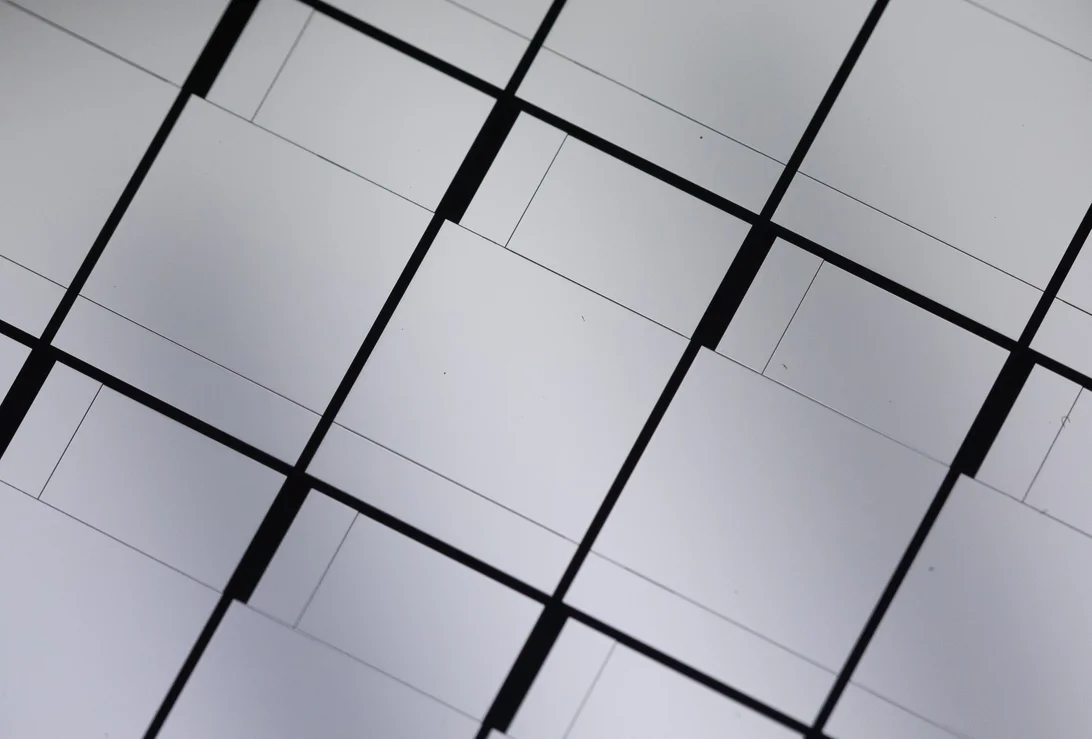Intel Meteor Lake GPU module will use TSMC N3 process, I/O module is N4 or N5 process
Last week, Intel showed the Meteor Lake test chip for the first time, making the world the first time to see the appearance of Intel’s 14th-generation Core series processors using Tile design.
Meteor Lake adopts a modular design, and there will be at least three different modules, namely the computing module, the SOC-LP module (responsible for I/O), and the GPU module. These modules can be stacked with modules of different process nodes. There may be the first module manufactured by other fabs in the package, and then interconnected using EMIB technology. Through Foveros packaging technology, all the redesign, testing, tapeout, and other processes can be omitted, and various mature solutions of different IPs and different processes can be directly packaged together. Intel will also use its own 7nm process technology (Intel 4) for the first time in Meteor Lake, adding EUV lithography technology.


Stephen Shankland/CNET
Among them, the GPU module of Meteor Lake has a minimum configuration of 96 EUs and a maximum configuration of 192 EUs, which is a significant improvement compared to Alder Lake and Raptor Lake. At the same time, its Xe-LP architecture will also be improved from Gen 12.2 to Gen 12.7. According to Ctee, Meteor Lake’s GPU modules will also be manufactured using TSMC’s 3nm process. The SOC-LP module is manufactured using TSMC’s 4nm or 5nm process, and the remaining computing modules are Intel’s own 7nm process.
In addition, Meteor Lake uses the second-generation hybrid architecture technology, and the performance core will enable the Redwood Cove architecture to replace the current Golden Cove architecture. The energy efficiency core should continue to use the Gracemont architecture, but the core configuration of Meteor Lake is not yet clear.





